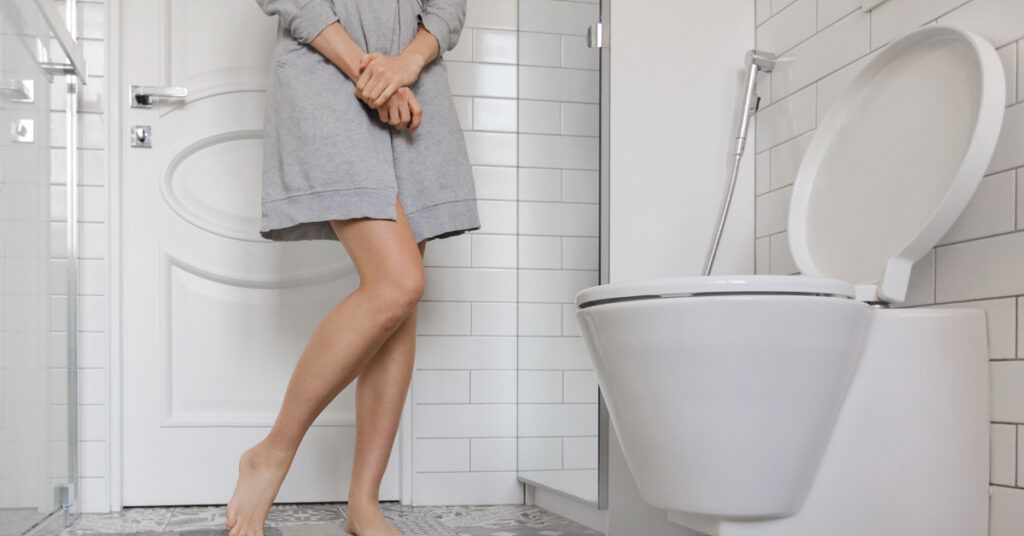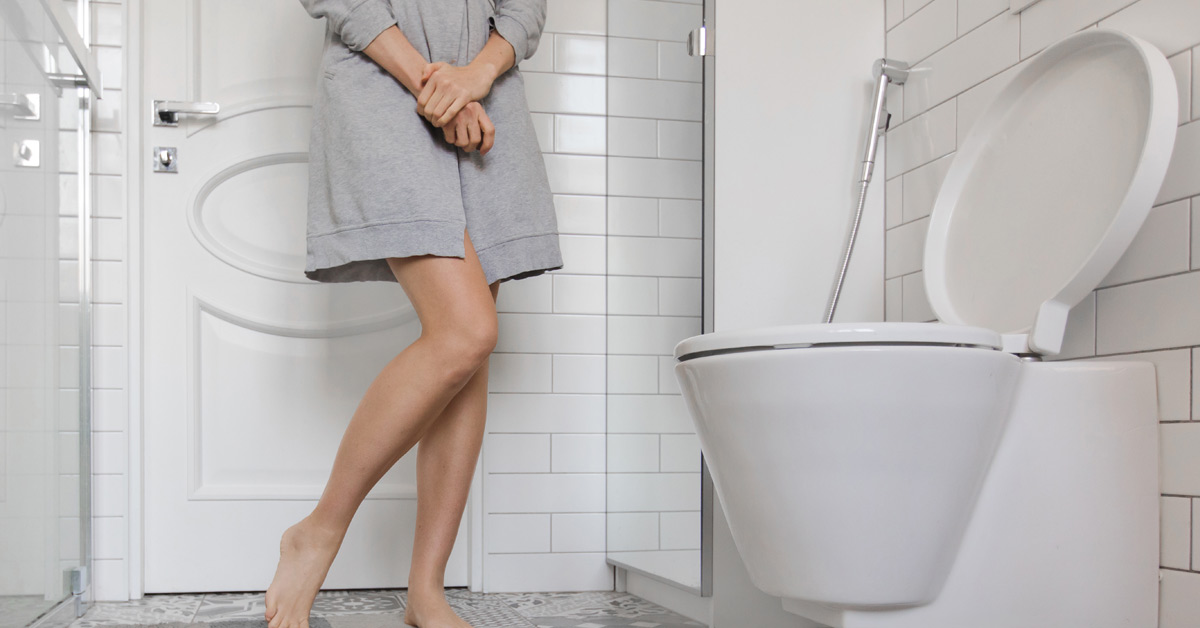
Overactive bladder affects millions of men and women across the country, but many people feel uncomfortable bringing their symptoms up to their doctor. Before speaking with your doctor about your concerns, it may be helpful to identify the symptoms so you can discuss them with confidence.
Most Common Overactive Bladder Symptoms
Urinary Urgency: Many people with overactive bladder experience urinary urgency, which can feel like a strong and sudden urge to urinate that may be difficult to control. The urge to urinate generally comes on suddenly and can be intense.
Urinary Frequency: Urinating more often than usual can be a common symptom of an overactive bladder. Needing to use the bathroom more than eight times throughout 24 hours is considered urinary frequency.
Urinating at Night: Waking at night more than once to urinate can be a symptom of an overactive bladder. This can disrupt your regular sleep cycles and lead to daytime fatigue and sleepiness.
Urge Incontinence: In some cases, the sudden and intense urge to urinate can lead to an unintentional leakage of urine (urinary incontinence). For those with an overactive bladder, it’s common to have difficulty reaching the bathroom in time and have the need to wear an absorbent pad or brief to prevent accidents.
Urinary Hesitancy and Weak Urine Stream: Difficulty initiating a urine stream or a weak one can also be common with overactive bladder.
Urinary Retention: Overactive bladder symptoms can cause you to be unable to fully empty your bladder by urinating, leading to feeling like you have to urinate almost immediately after you’ve finished in the bathroom.
Pain or Discomfort: Some people with overactive bladder experience pelvic pain and discomfort both with urination, before urination, or after urination.
Overactive Bladder Treatment
Treatments for overactive bladder can range from lifestyle modifications all the way to surgery. Depending on the severity of your symptoms, some treatments your doctor may recommend include:
Lifestyle Modifications: If your overactive bladder symptoms are mild, your doctor may recommend lifestyle changes such as using the bathroom at set times during the day, avoiding alcohol or caffeine as these are natural diuretics, or eating more fiber to prevent constipation, which can worsen your symptoms.
Pelvic Floor Physical Therapy: Pelvic floor physical therapy can be helpful to strengthen or relax your pelvic muscles to reduce the symptoms of your overactive bladder.
Medications: Medications to calm the bladder and nerves can help reduce the symptoms of an overactive bladder.
Electrical Stimulation: Electrical impulses can be used to help normalize bladder reflexes and reduce your symptoms. There are several ways to do this, including in-office treatments (NURO PTNM) and permanent implants (InterStim)
Surgery: Surgical procedures can be used to correct the underlying causes of your overactive bladder.
Getting Support for Overactive Bladder
An overactive bladder can be embarrassing to talk about, but speaking with your doctor to get to the bottom of your urinary symptoms is the first step.
Don’t continue to struggle with overactive bladder symptoms – schedule an appointment today!

